Have you decided to decorate your plot and plant Japanese quince? Indeed, the plant is very decorative and beautifully flowering, moreover, it still gives useful and aromatic fruits.
Next, you will learn when and how to plant Japanese quince seedlings, as well as what you need to do so that the shrub not only blooms beautifully, but also gives a small harvest, from which you can make delicious treats.
Important! Do not confuse the Japanese quince (henomeles) with the regular quince! If the first is an ornamental shrub, then the second is a purely fruit crop.
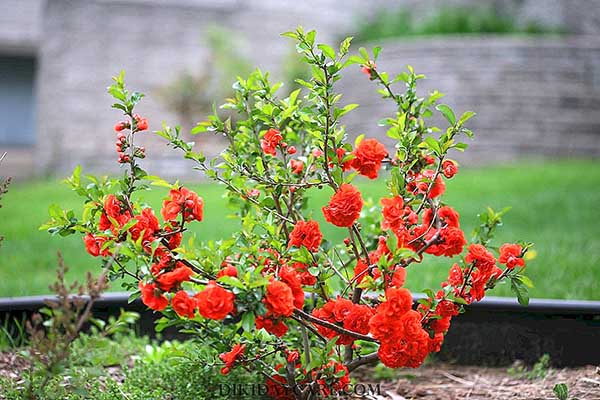
Content
Description of the plant and interesting facts about chaenomeles (Japanese quince)
Japanese quince (henomeles) is bushwhich is most often used as ornamental plant (him unusually bright orange-red flowers). However, its fruit edible and very useful and are especially appreciated for high vitamin C content... That is why chaenomeles is also called northern lemon.
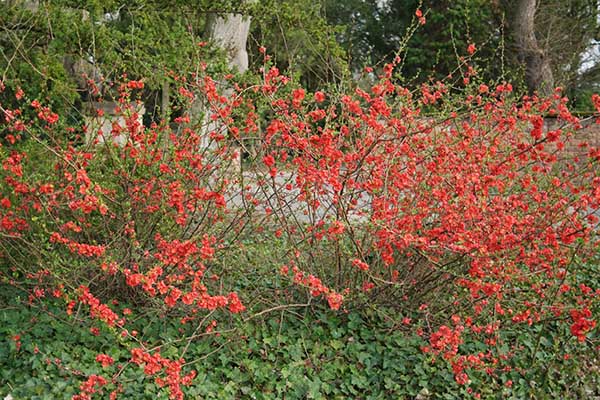
As for the beginning of flowering and, accordingly, fruiting, with good care, Japanese quince blooms already for 2-3 years (if you have planted 1 or 2-year-old sapling).
By the way! There are varieties not only with orange-red flowers, but also with more pink (salmon).
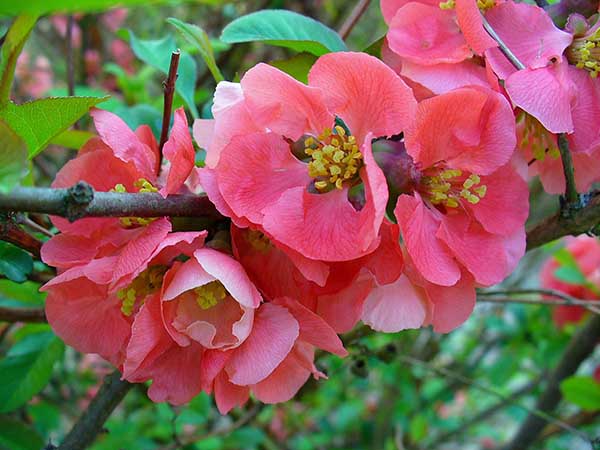
Differences between Japanese quince and common quince (oblong).
- Common quince is a tree, and Japanese quince is a creeping shrub.
This is indeed a very undersized shrub (average height - 50 cm), but not dwarf, because some shoots grow in length (height) up to 1-1.5 meters.
- Fruits of a similar shape (similar to apples), but smaller (up to 4-5 cm in diameter, while ordinary ones - up to 10-15 cm), hard and sour (it's not for nothing that the Japanese quince is called lemon).
In other words, fresh Japanese quince is usually not consumed, because you can't bite the fruits corny (unlike ordinary ones).
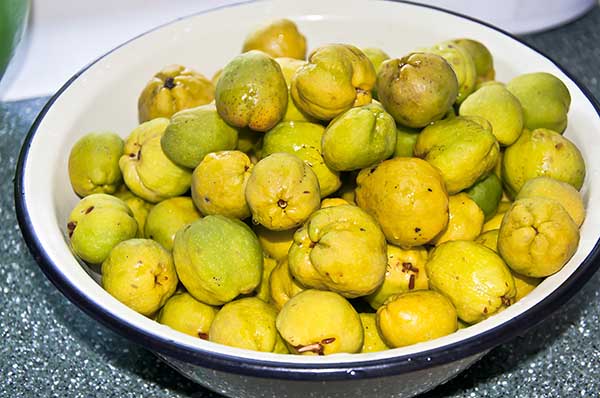
How to use the fruits: in what form to use
The fruits of Japanese quince are quite tough and very sour (you cannot compare with lemon), respectively, they need to be cooked in a special way. Here are some delicious recipes:
- Cut small lemon-apples into thin slices, pour over honey (or sprinkle with sugar), put in the refrigerator and let it brew. Add a little to tea.
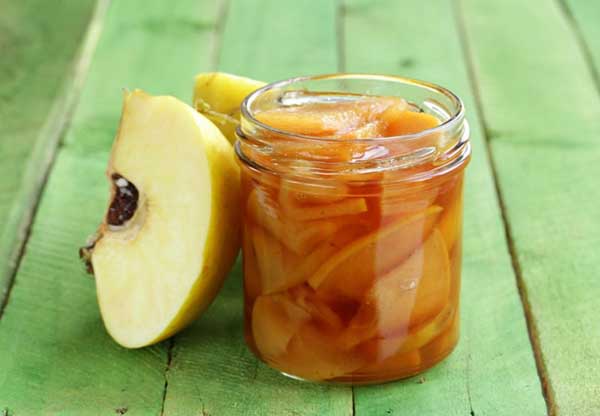
In sugar or honey syrup, the quince pieces will soften and can be eaten. Real yummy!
- Of course, quince can be used to make jam or jam.
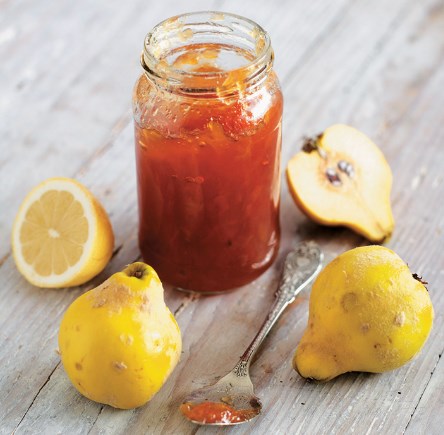
- In general, it is also suitable for making compotes.
- Or you can freeze it (having previously cut it into pieces) in order to take it out in winter and brew it in a thermos (like a rosehip).
Breeding methods of Japanese quince
The easiest way to propagate quince is by layering (horizontal). To do this, in early spring, you need to bend the lowest shoots to the ground, pin them down and sprinkle with loose nutritious soil. After a year, separate the seedling from the mother plant.
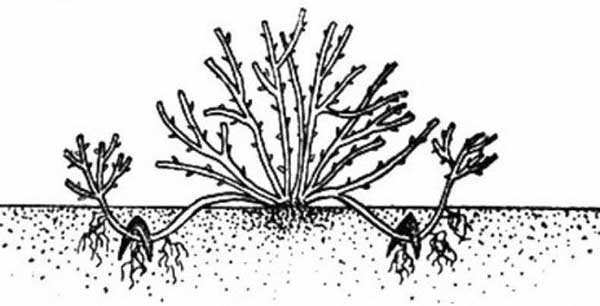
Of course, it can be propagated by seeds, but the first harvest will have to wait much longer. At the same time, it is worth knowing that quince seeds require a mandatory long-term stratification in cold conditions (at least 2.5-3 months).
Seeds will not sprout without stratification.
How to plant Japanese quince in open ground: from choosing a seedling to planting on a site
In fact, chaenomeles is not as little known and rare as you think. Of course, you may not find it at a garden fair, but in specialized nurseries and online stores it is always on sale, and of different varieties (and you need exactly 2 different varieties). Naturally, it is always desirable that these were zoned varieties with the necessary frost resistance.
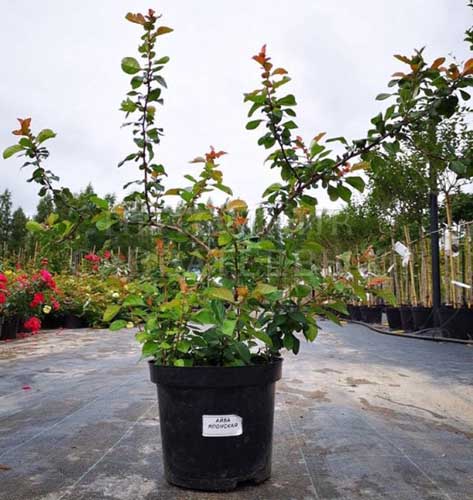
When to plant - in spring or autumn
As a rule, quince seedlings are sold in containers, which means that they can be planted throughout the warm period.
If you decide to plant in spring, then the best time is April-May (as for a regular berry bush or fruit tree). If in autumn, then plant in September (2-4 weeks before the first night frost).
Advice! If planting in the fall, you can cover it slightly for the winter. Namely, to make a frame and stretch a spunbond over it.
Place in the garden
Chaenomeles loves warm places, well-lit by the sun, while always protected from the drying cold northern winds.Therefore, it is very desirable to find him the most closed place in the garden, for example, so that on the north side there is some kind of outbuilding or fence.
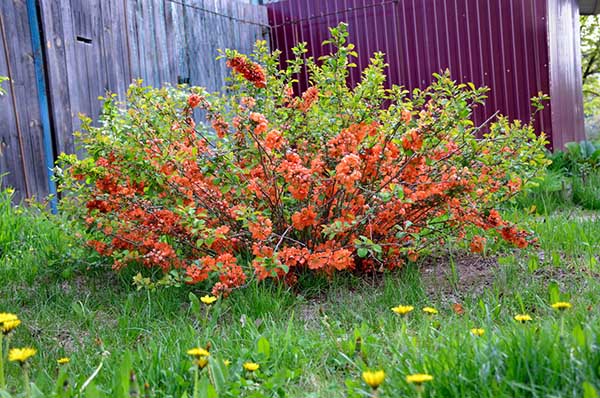
Obviously, in a sunny place, the fruits will ripen faster, and young shoots will ripen better (become lignified).
The need for pollination or why Japanese quince may not set fruit
If you want the quince to not only bloom brightly, but also bear fruit, then you should purchase and plant several seedlings of different varieties of the same flowering period.
The fact is that in itself it is a barren crop, which needs a pollinator to set fruit.
Advice! For greater decorativeness, buy 2 varieties with different colors.
How to prepare a planting hole and plant a seedling
In general, Japanese quince is a culture that is not quite demanding on the soil, but if you fill the planting hole with fertile and loose soil (add compost or humus, peat), then the shrub will quickly take root and begin to actively develop.
Step-by-step instructions for planting a Japanese quince seedling:
- Dig out planting holes 2 times larger than the volume of the container.
- Take the seedling out of the container, trying to keep the earthy ball and not disturb the seedling's root system.
- Planting, sprinkle with earth.
- Water abundantly.
- If necessary, shade with something from direct sunlight for 7-10 days.
By the way! As for the planting scheme, the distance between the plants should be at least 1.5-2 m. Then they will not interfere with each other (shade) and can develop well.
Remember that you need at least 2 different varieties to set fruit!
How to care for Japanese quince: growing rules
Care is quite standard: you need to water, feed, cut and cover for the winter.
Advice!When the quince blooms, so that pollination goes on better and the fruits set well, the quince branches can be raised by tying them to pegs.
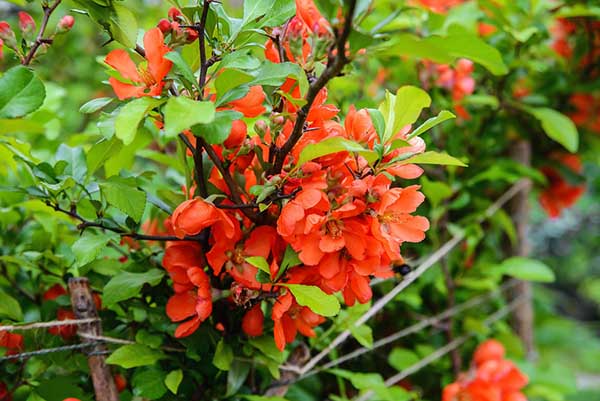
Watering and feeding
Quince loves good watering during dry periods and, like all fruit crops, reacts positively to feeding.
The feeding scheme is standard:
- In early spring - nitrogen fertilizer.
- In summer - complex with all macro- and microelements (more potassium).
- In autumn (after fruiting and harvesting) - phosphorus-potassium.
Pruning
In the spring, after removing the shelter, carry out sanitary pruning (cut off all dry, poorly overwintered branches).
At the same time or in the fall as well you should get rid of all thin, old, and thickening shoots.
Note! Quince blossoms and bears fruit on shoots last year and older, therefore, you need to regularly remove old, fruiting shoots.
As a rule, 3-4 branches are left in the plant every year (3 - annual, 3 - two-year, and so on up to 5 years), older than 5 years - removed.
When to harvest
Fruits ripen in September, while you need to have time to harvest before frost.
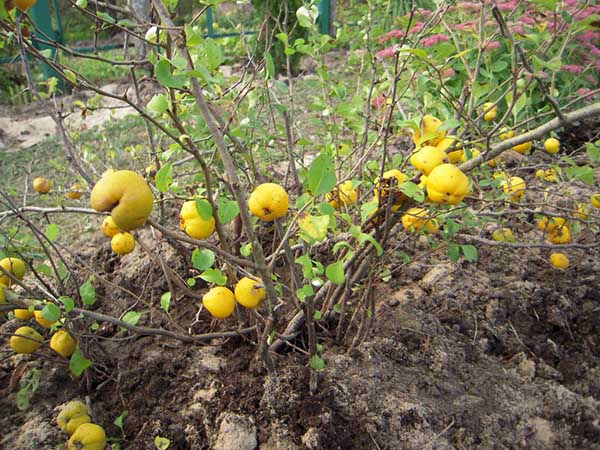
Do I need to shelter for the winter
Winter hardiness of Japanese quince is quite high, however, long fruit shoots often freeze to the level of snow cover, so in the fall it is advisable to bend them to the ground (pin them with electrodes or press them with boards) so that in winter they are completely under the snow.
By the way! You can throw snow on the bushes yourself in the winter.
If your winters are not very snowy, but cold, then you can make a shelter (almost like for roses), placing arcs and throwing them over the spanbond (preferably in 2 layers).
The fact is that the freezing of the shoots in winter occurs not only due to frost, but also due to drying out in the cold frosty wind.
If the quince freezes, then it will quickly recover - new shoots will grow, but there will be no flowers (= fruits) this year, because henomeles bears fruit on last year's shoots, which is why they need to be preserved.
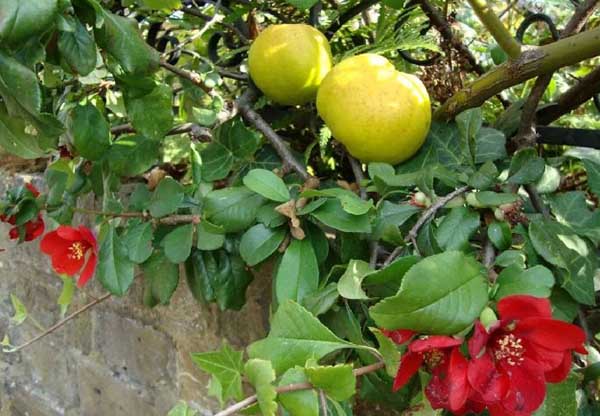
Plant this beautiful ornamental shrub in your area so that you can admire its bright flowers every spring, and feast on delicious preparations from the most valuable fruits in the fall.
Video: features of planting and caring for Japanese quince

